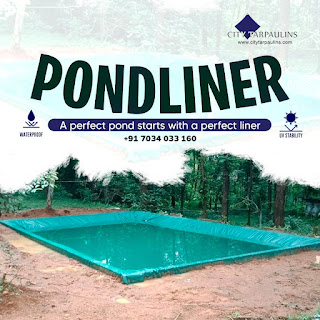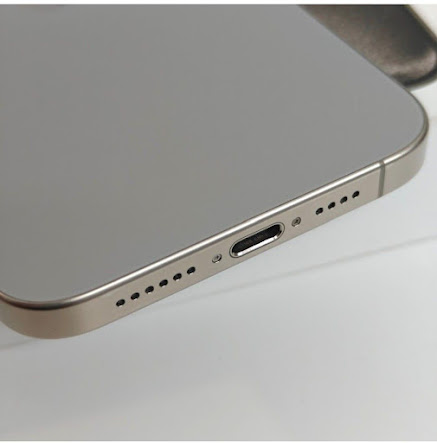Foam-Water Sprinkler systems utilize foam to put out flames.
The NFPA 16 Standard for Installation of Foam-Water Sprinkler and Foam-Water Spray Systems is the most often used design guide for these systems. Foam-Sprinkler systems are used to control and extinguish flames using foam, which is the preferred extinguishing agent.
Foam Sprinkler systems are primarily made up of open-type foam discharge devices known as "Foam-Water" Sprinklers, which distribute foam effectively in areas to be protected. The system is often controlled by an automated deluge valve, which is activated by one of the detecting sensors positioned in the same area as the foam-water sprinklers.
As soon as a fire is detected, the foam-water sprinklers instantly shoot foam across the area. These systems can also be utilized to release water for a short amount of time before releasing foam for a longer duration. Foam bladder tank proportioners are widely utilized in these applications for accurate foam solution proportioning and delivery.
In-line inductors may not be appropriate since they are fixed flow devices, and if a few foam sprinklers become clogged/blocked for whatever reason, effective foam induction will not occur at the inline inductor owing to lesser flow.
Typically, the proportioning device, foam concentrate, and foam sprinklers are all UL listed or FM approved as part of a comprehensive system. According to the NFPA, foam brands and kinds should not be blended or interchanged in foam sprinkler systems.
The amount of foam concentrate required is determined by the flow rate and duration of discharge, as specified in NFPA 16. The NFPA specifies a minimum foam discharge density of 6.5mm/sq.m (0.16 gpm/sq.ft.).
While foam sprinklers are advised to cover an area of up to 9.3 square meters (100 square feet), the distance between two sprinklers should not exceed 3.7 metres (12 feet). Foam sprinklers are always installed on the roof (ceiling area).
The Foam-Water Sprinklers are designed to function at pressures ranging from 2.1 to 4.2 bar. For example, an HD Foam-Water Sprinkler with K-42 will produce around 61 LPM foam at 2.1 Bar pressure.
The foam solution must be designed to discharge for at least 10 minutes over the whole area to be protected, with all foam sprinklers operating simultaneously. According to the NFPA, the system's water supply should be built to last at least 60 minutes.
Conclusion
Allies Fire Foam-Sprinkler systems are often utilized in high-hazard locations, such as chemical storage and handling areas, LNG manufacture and storage areas, power plants, airplane hangars, warehouses, elevator and machine rooms, generator rooms, and so on.




Comments
Post a Comment